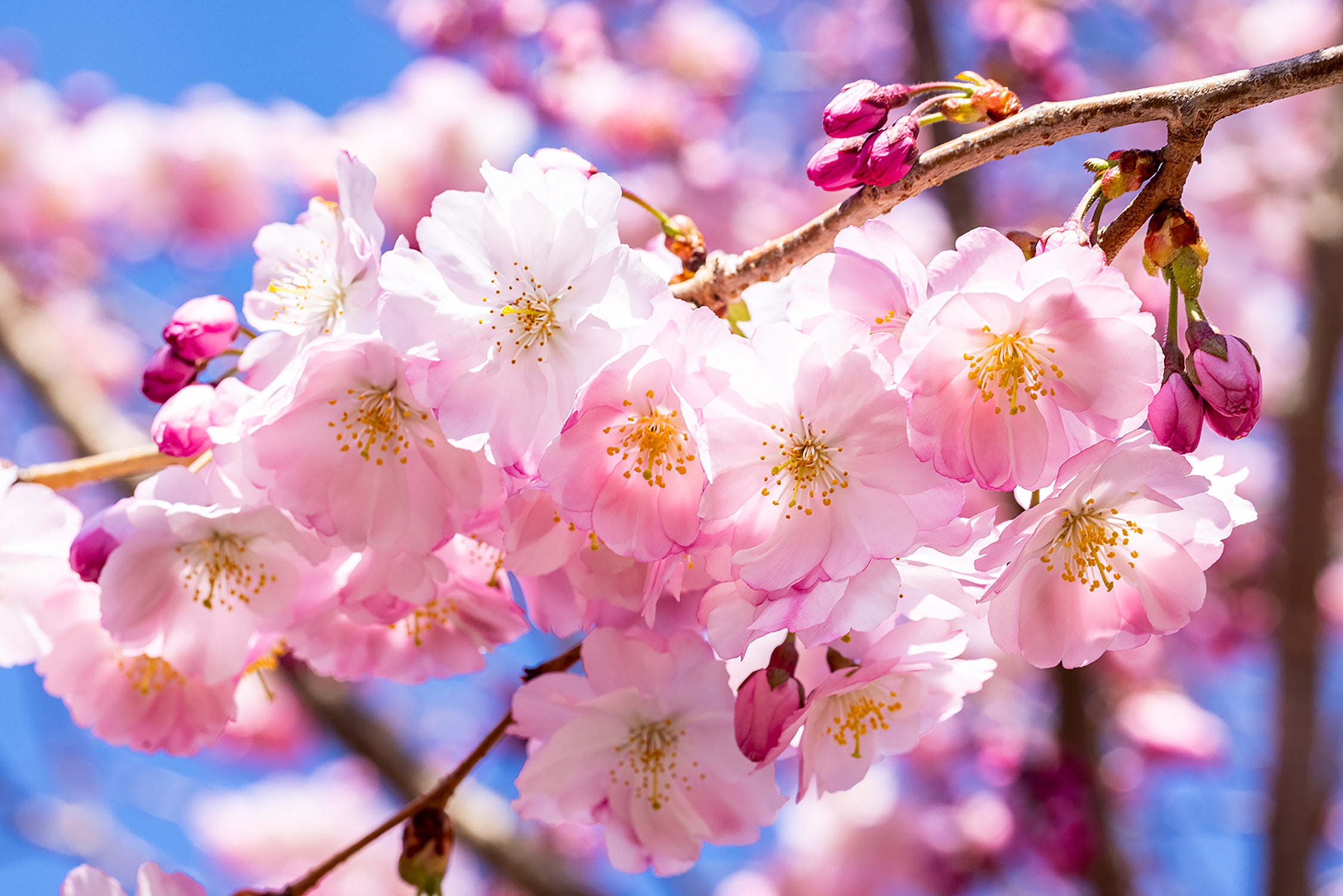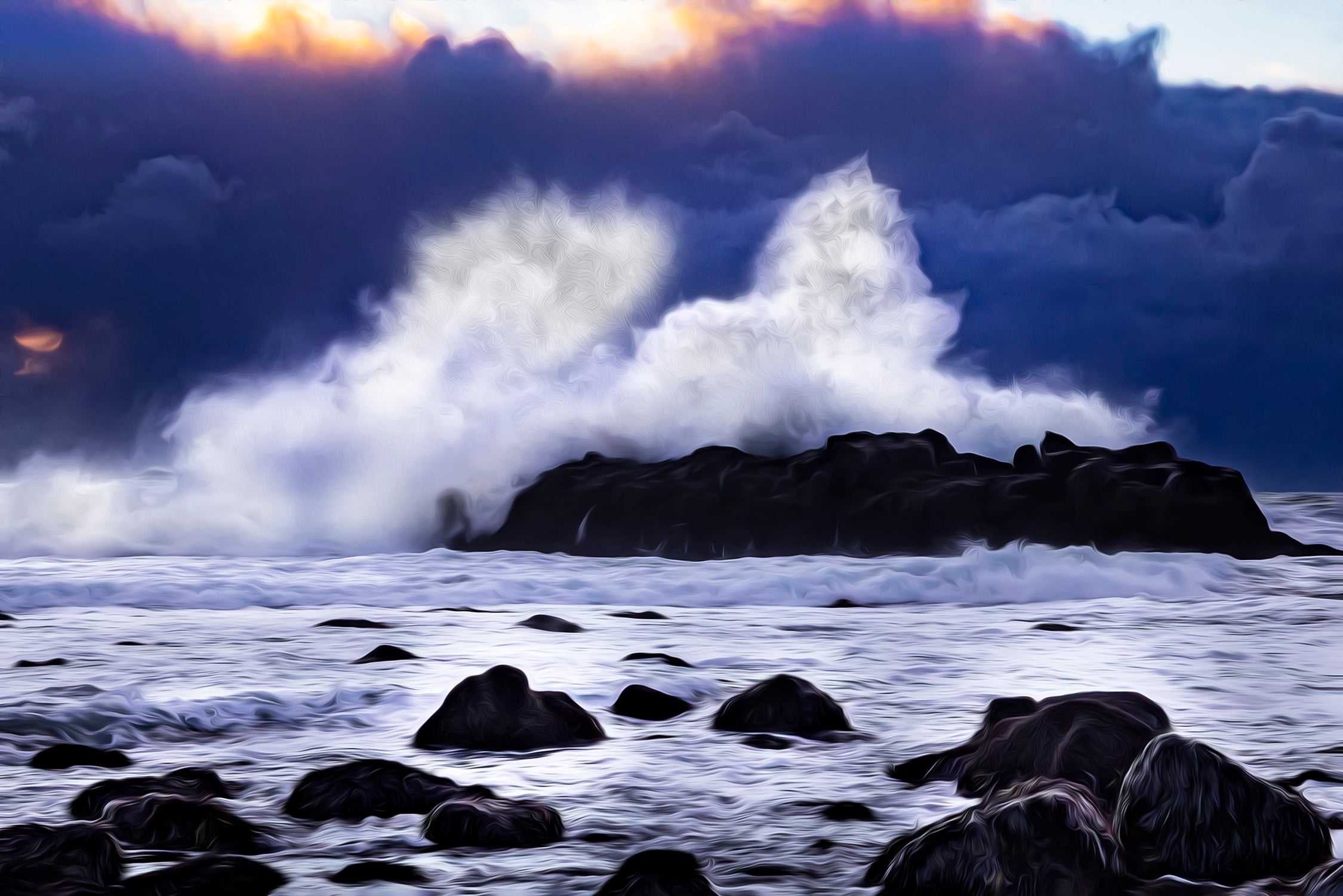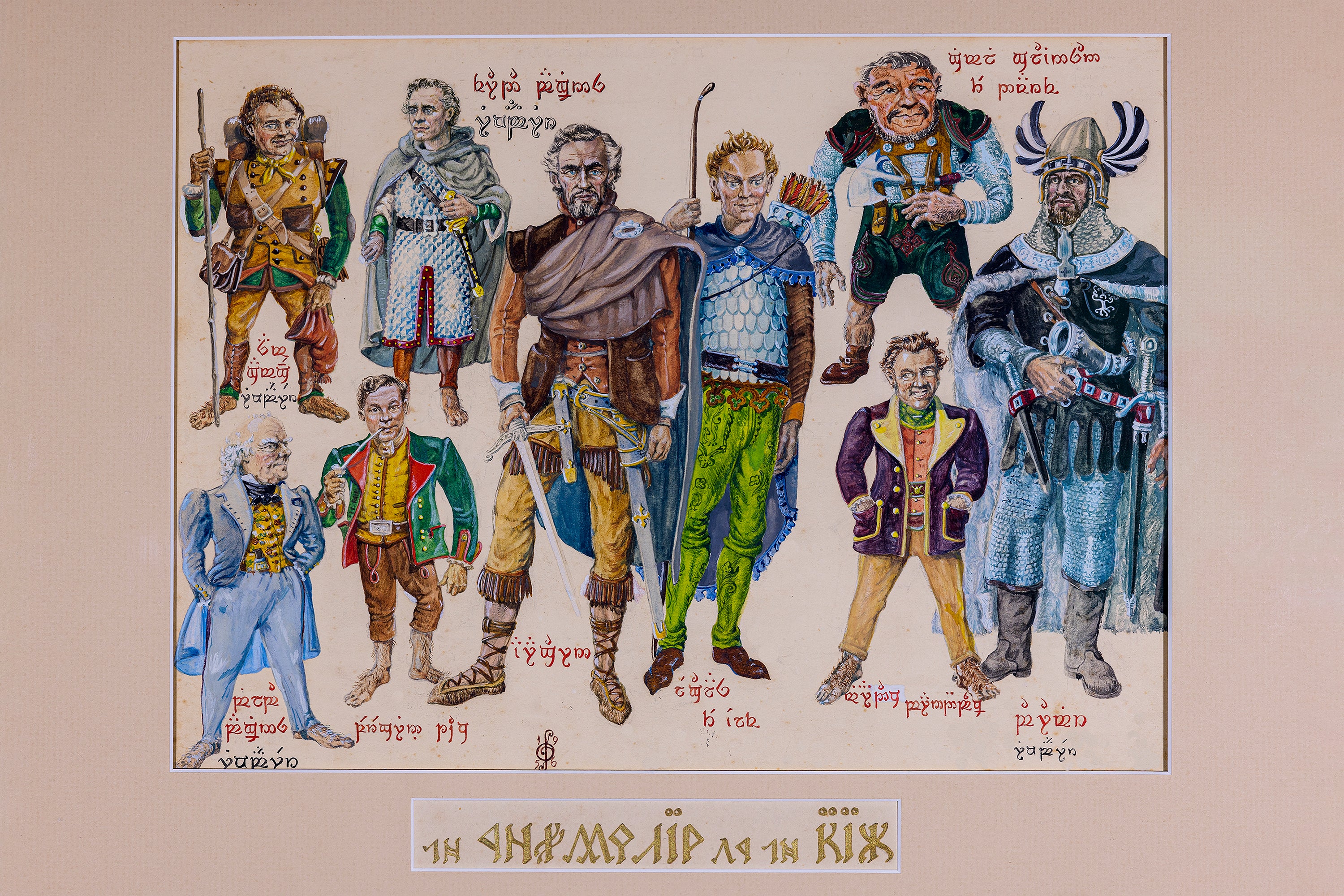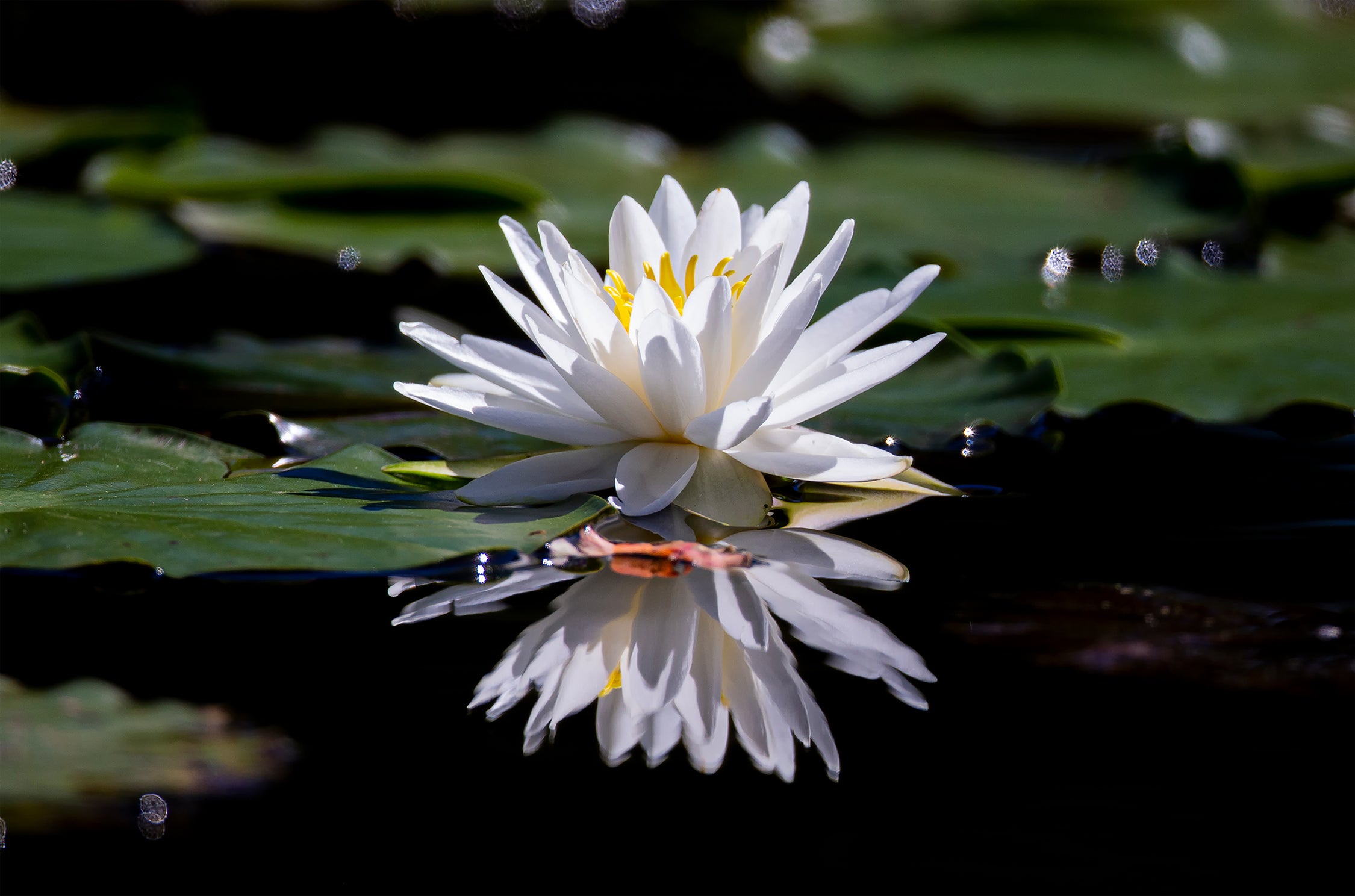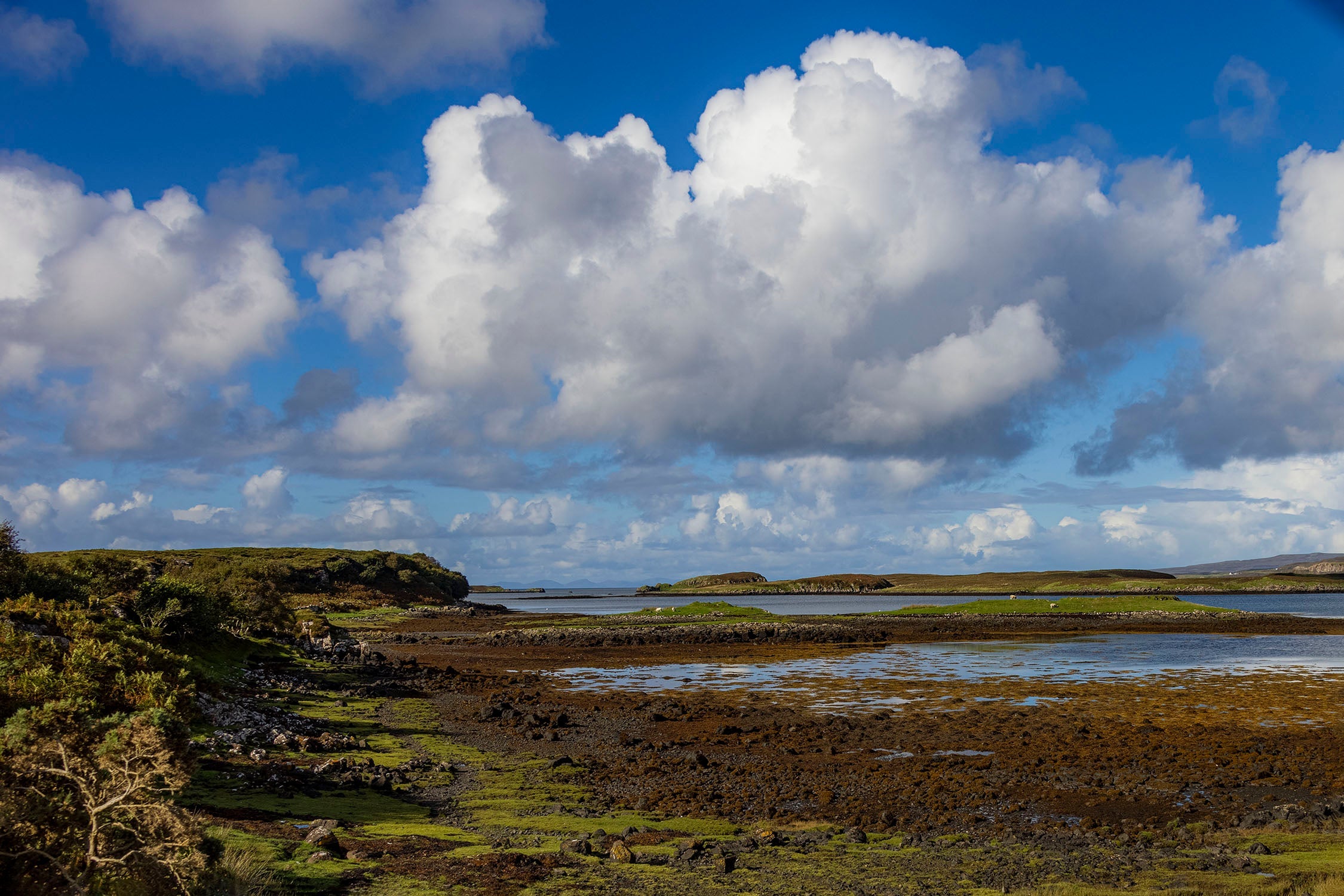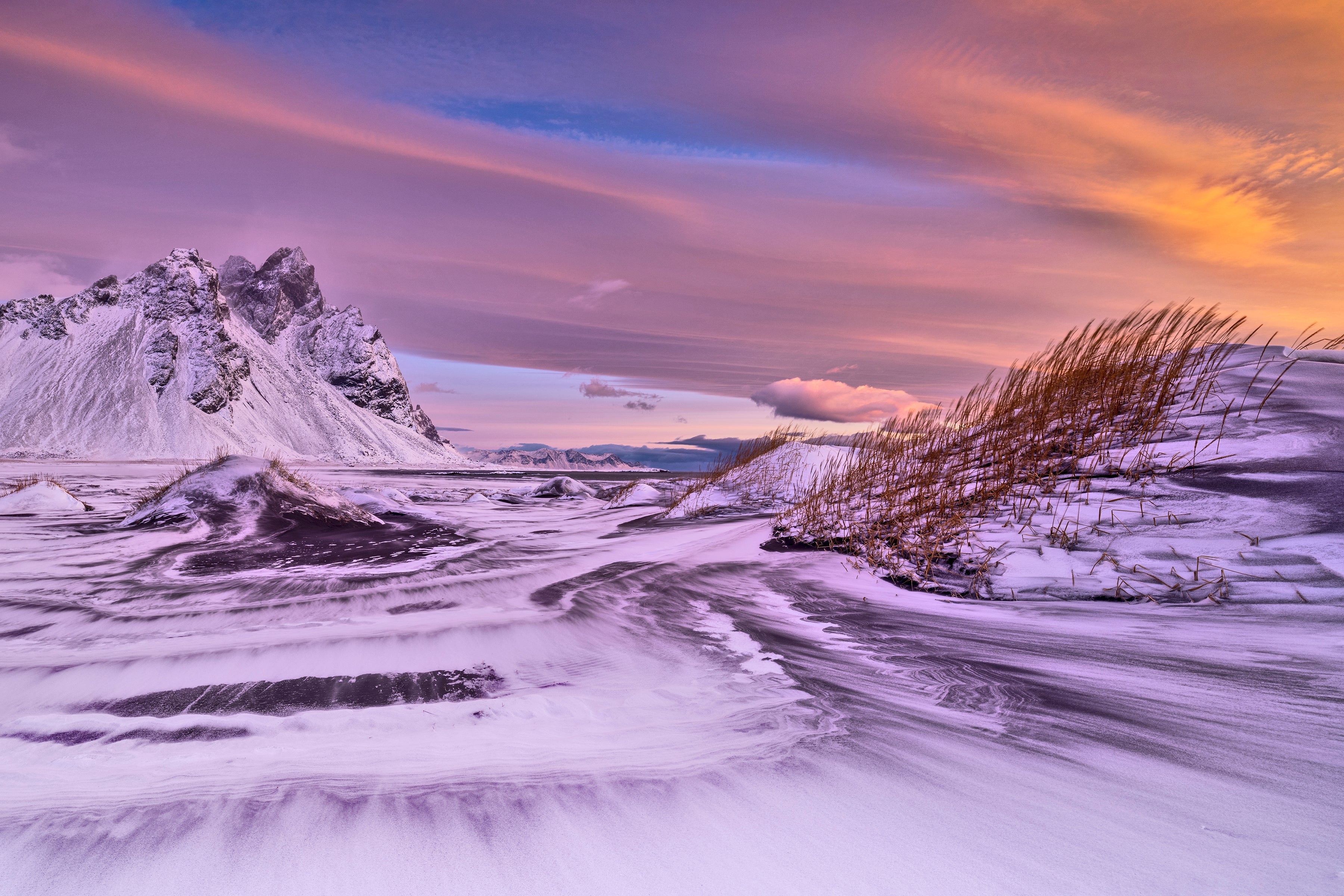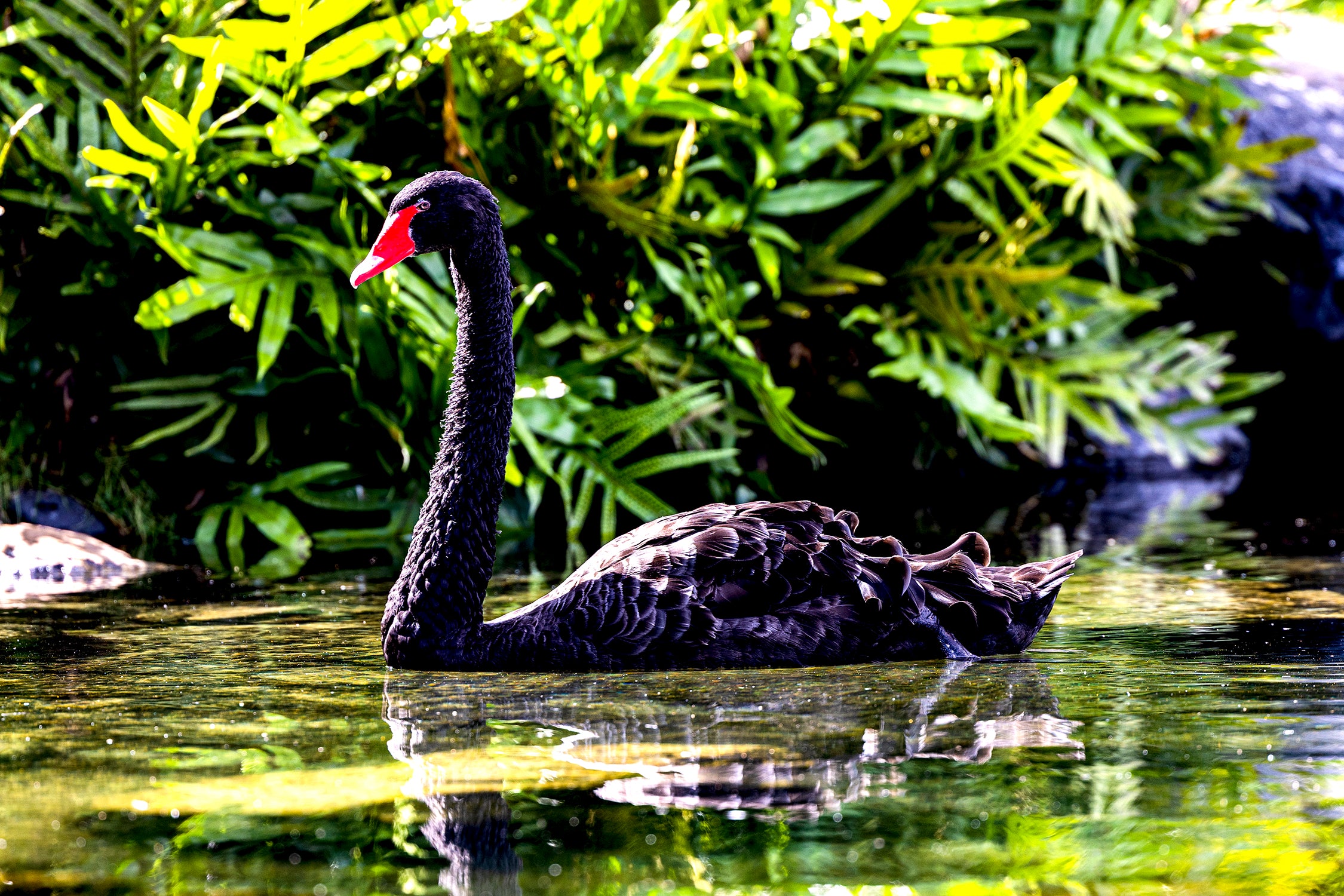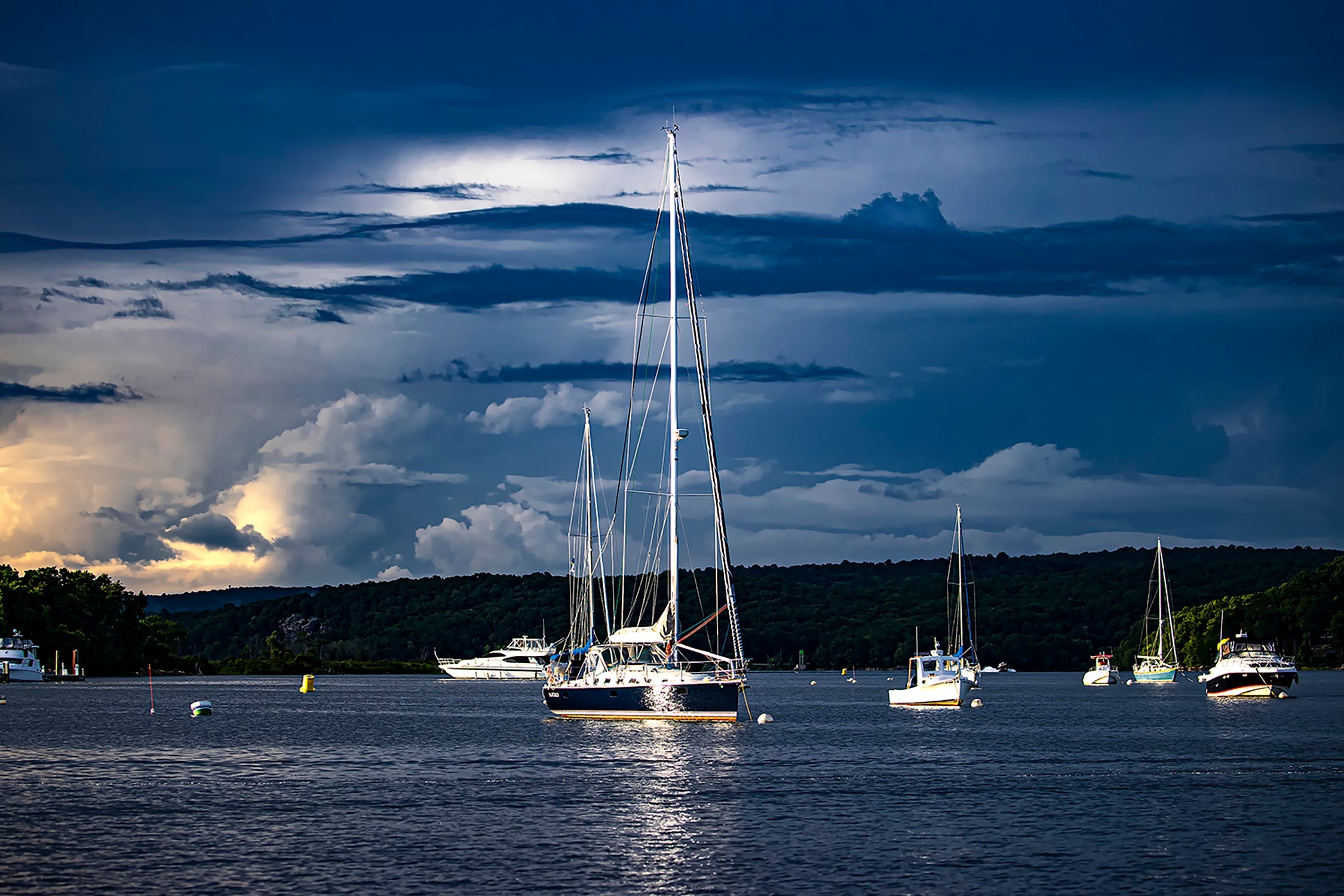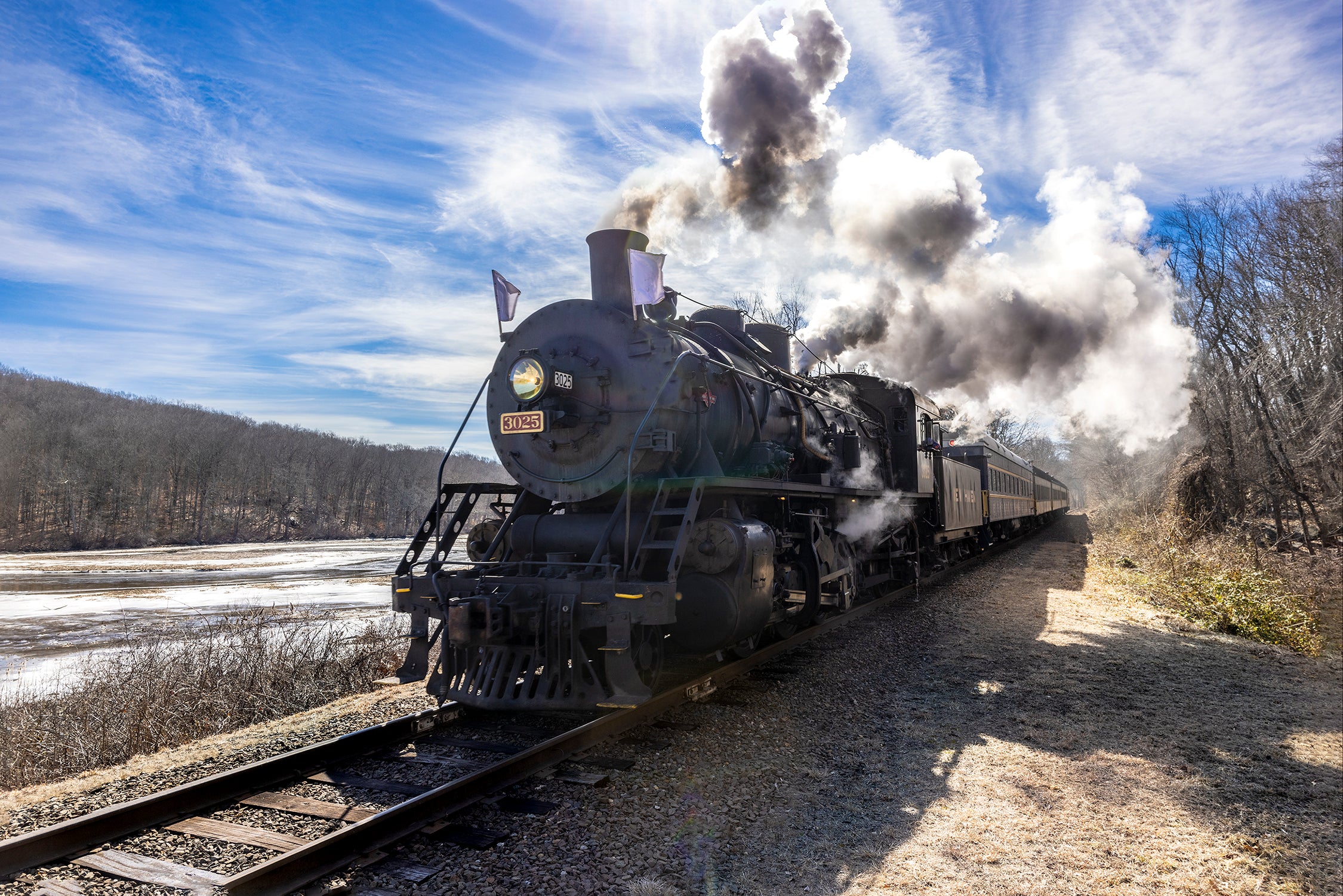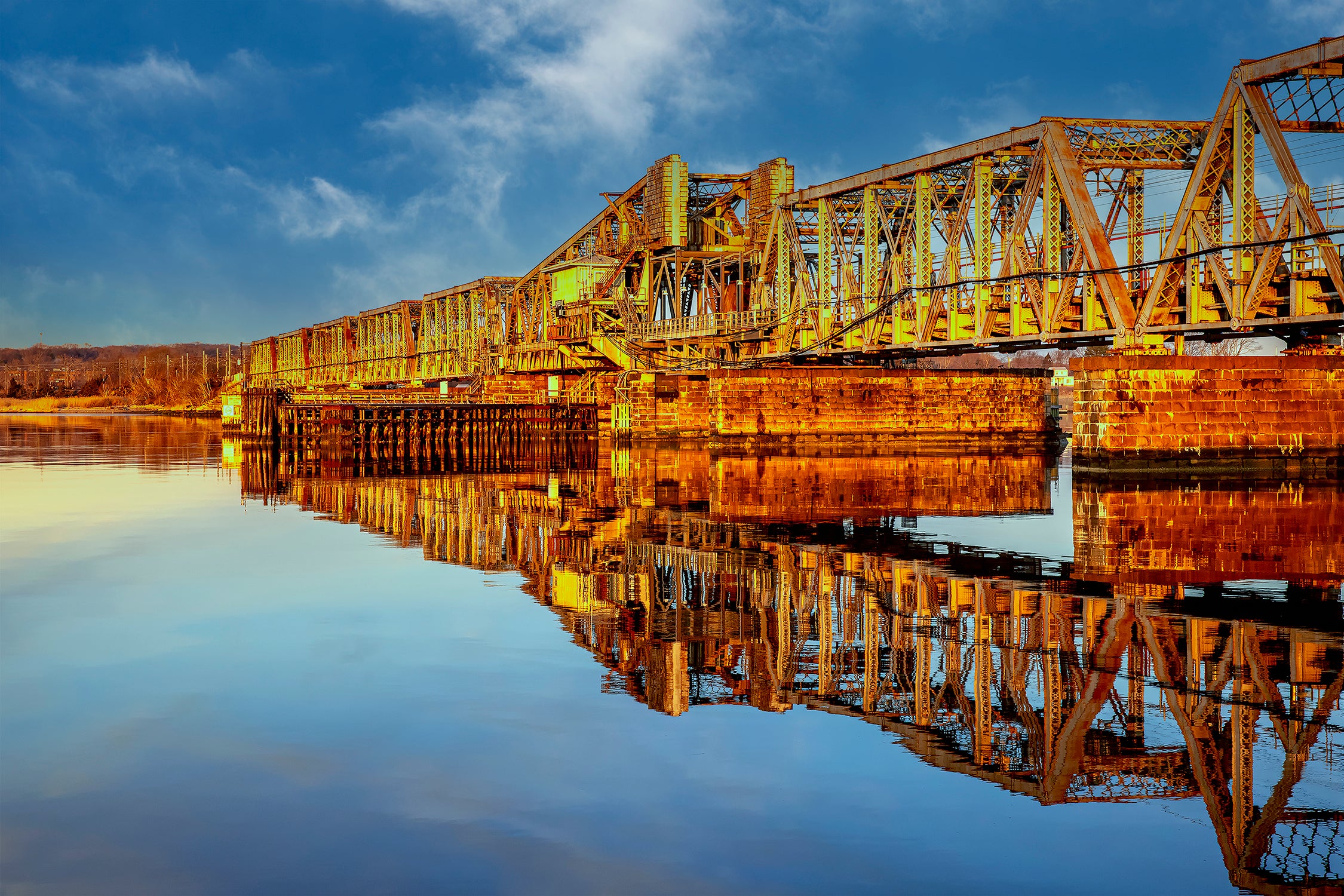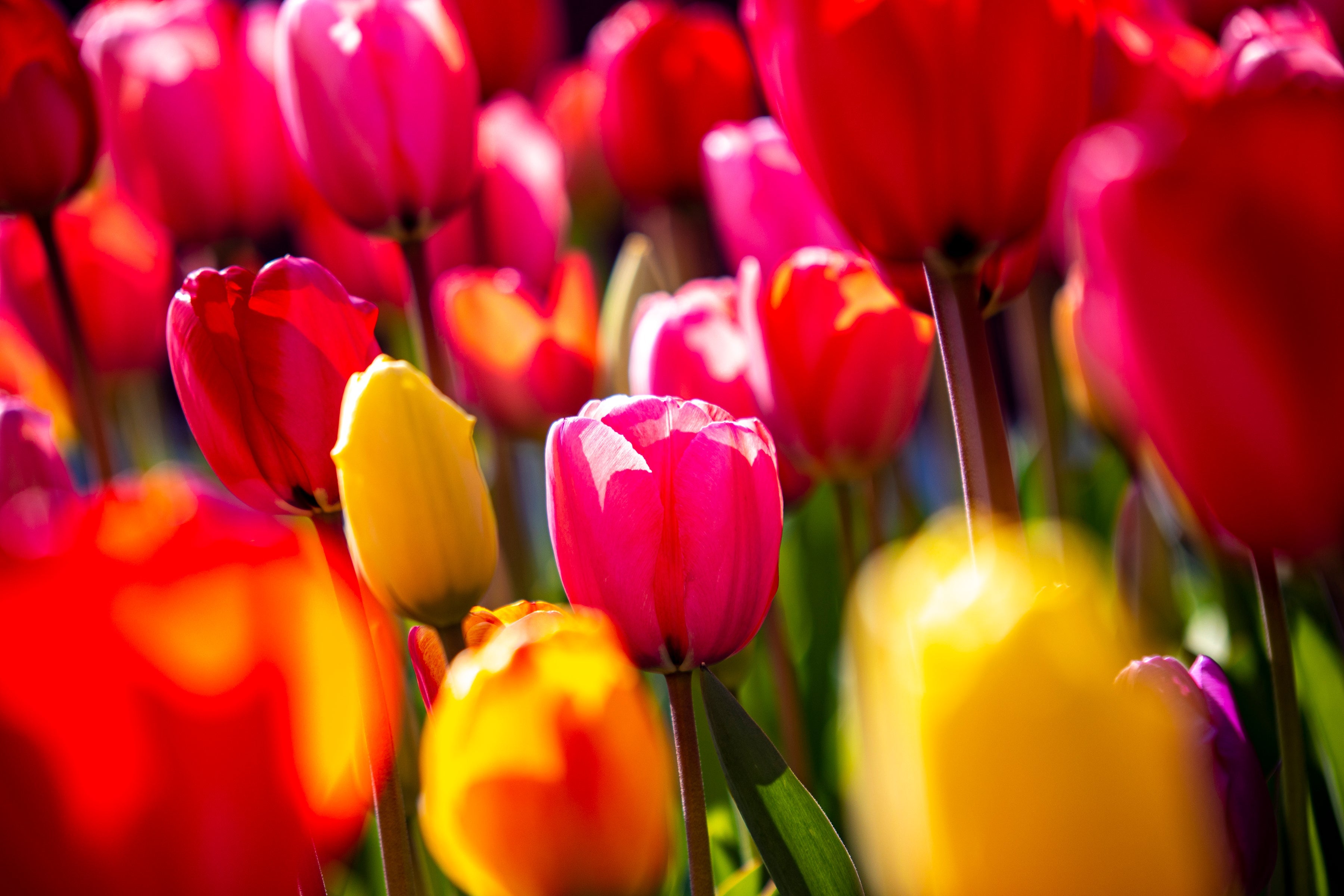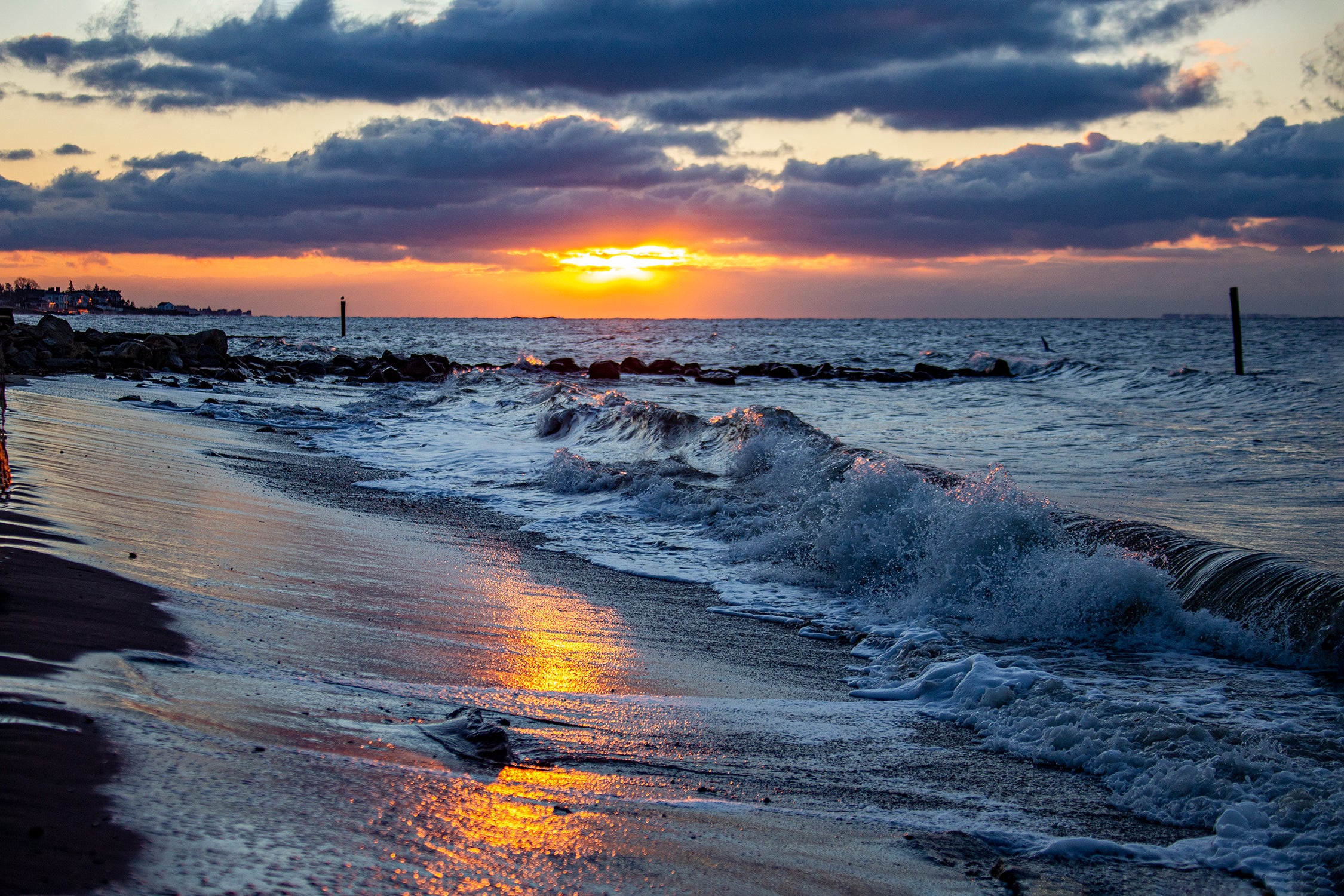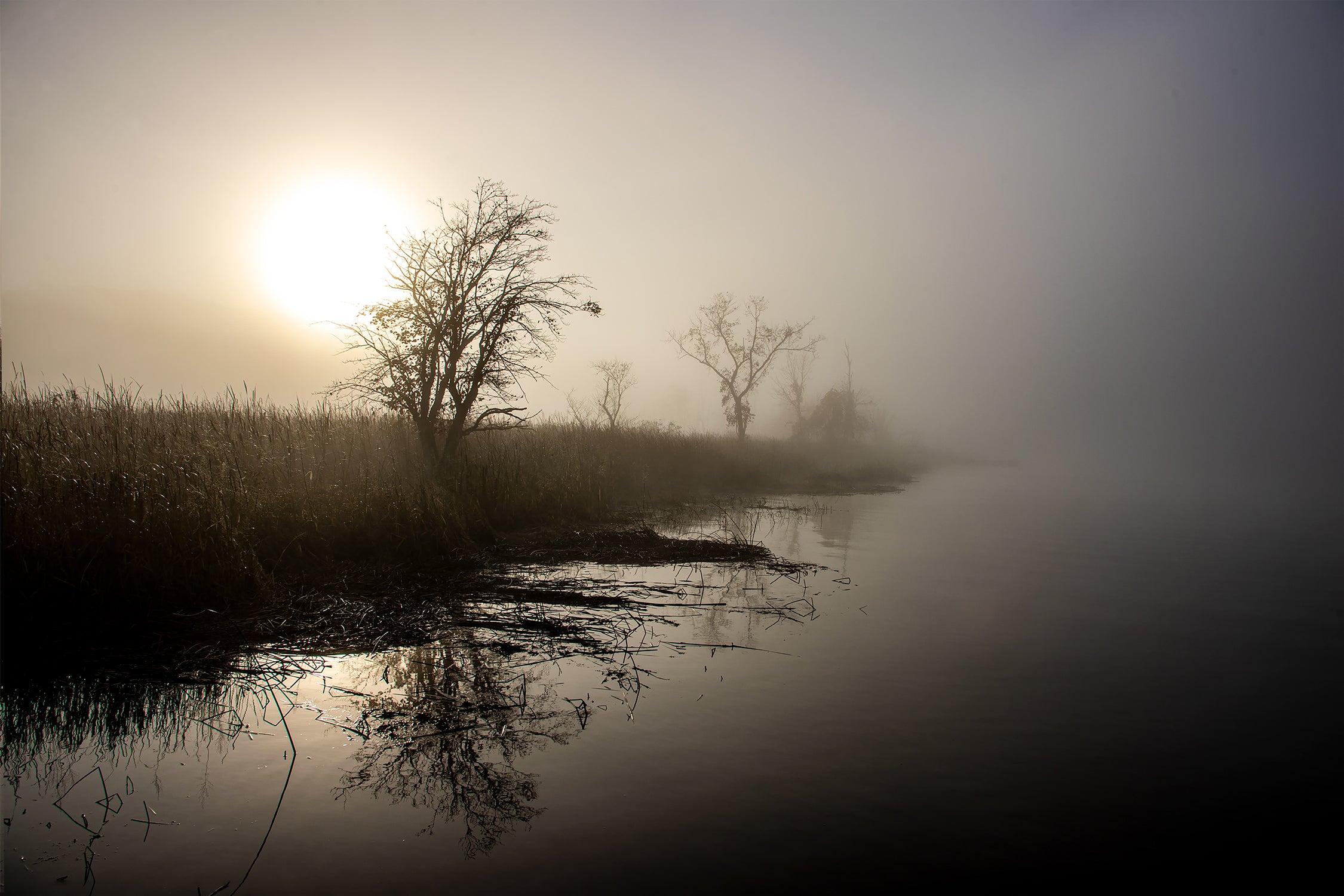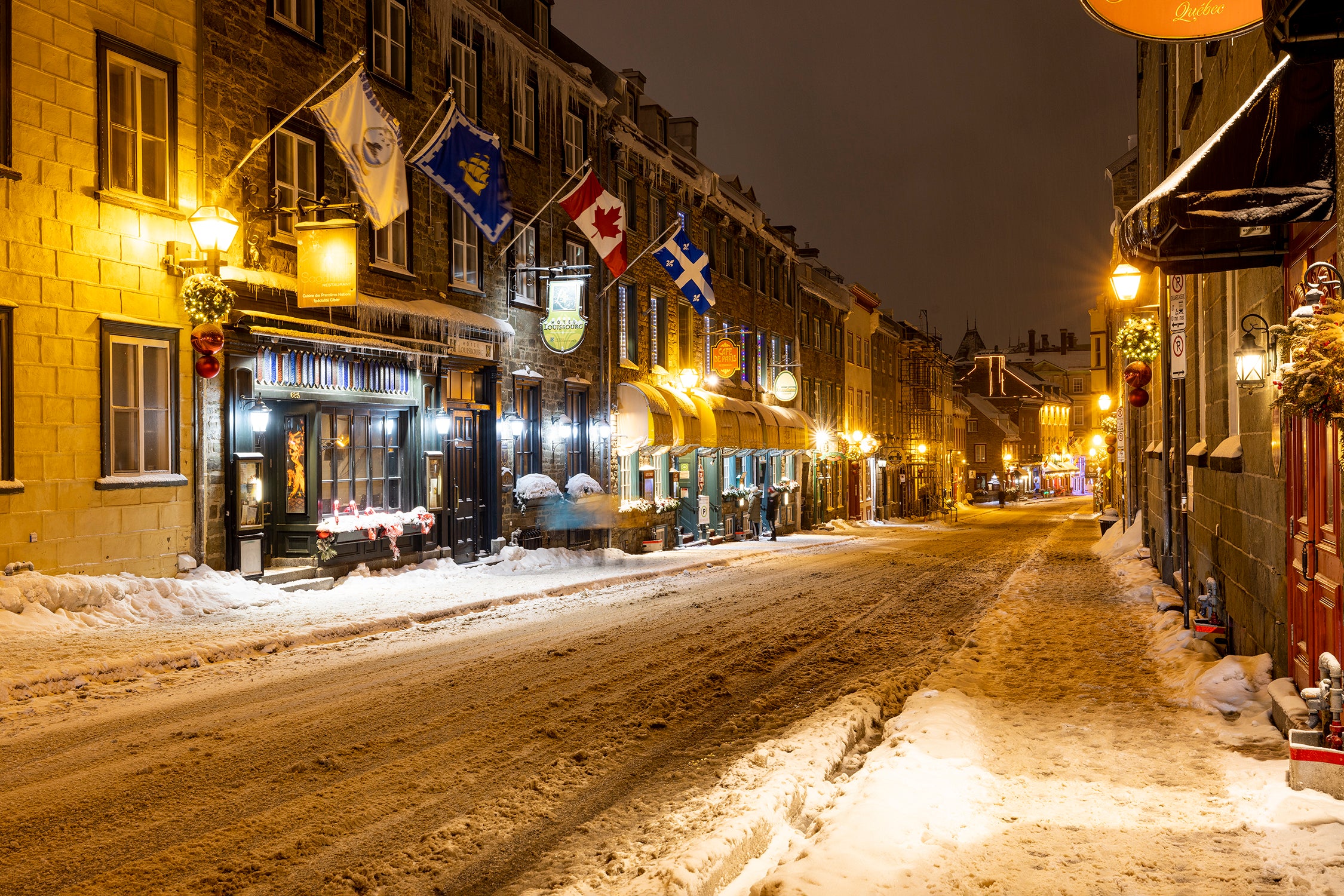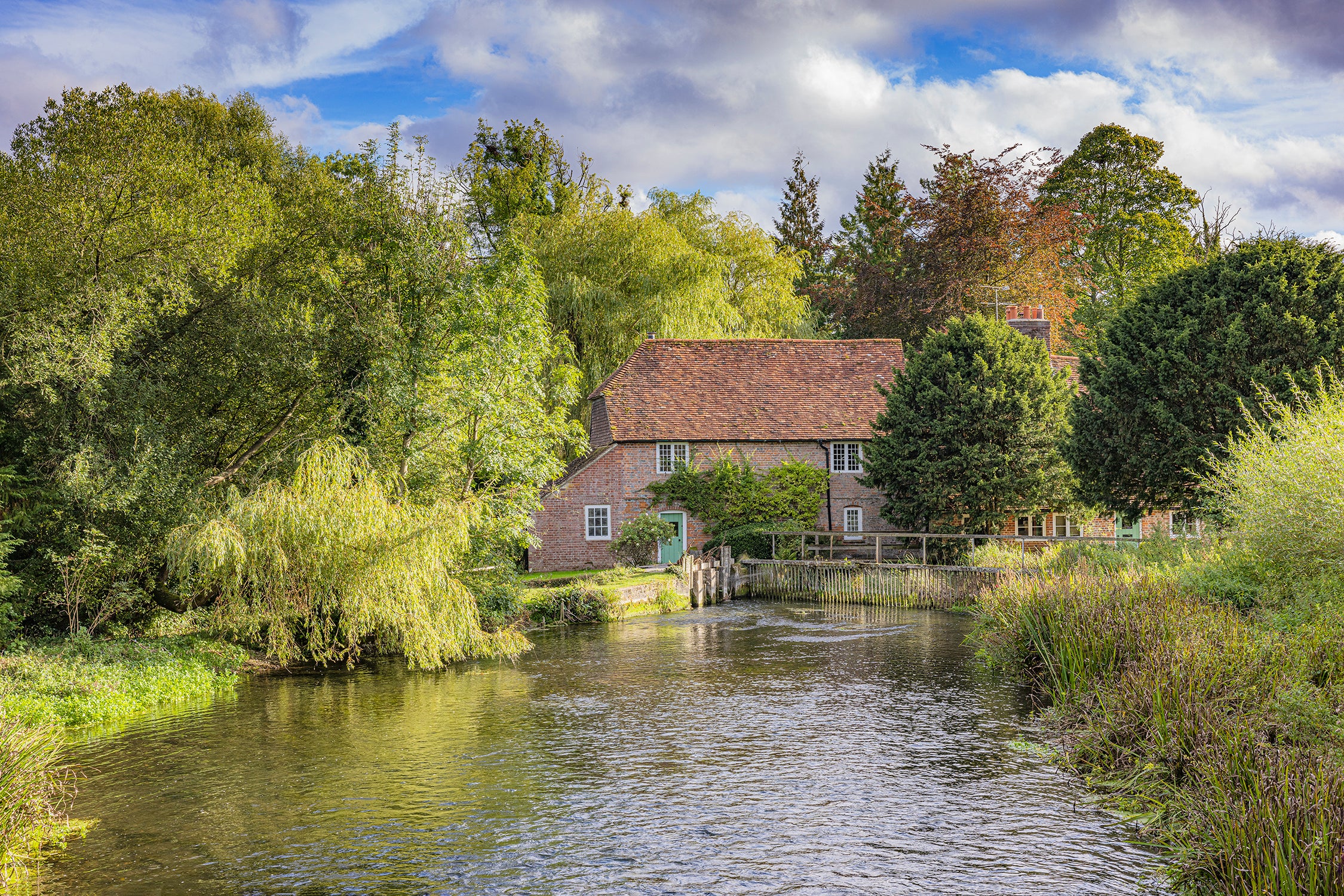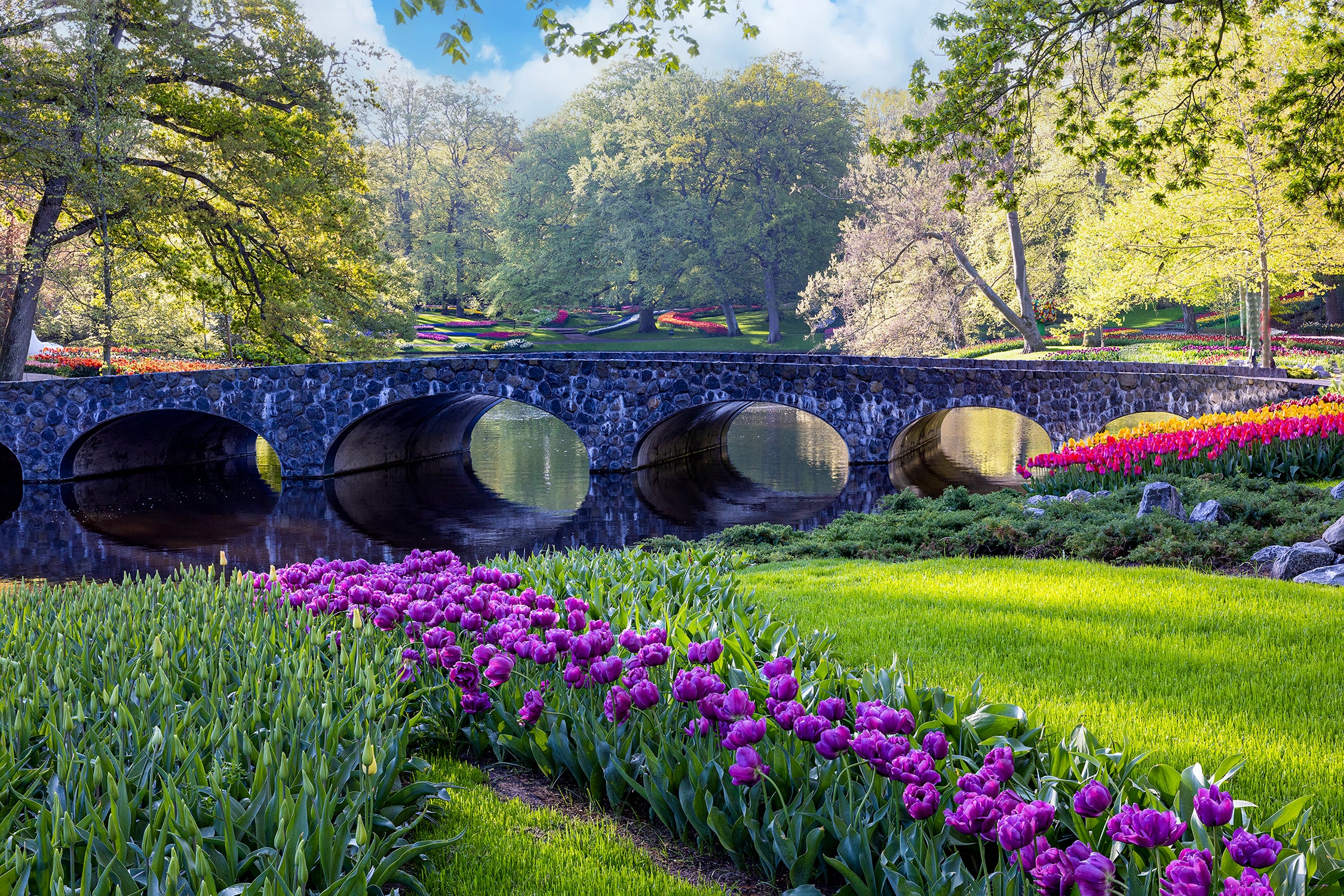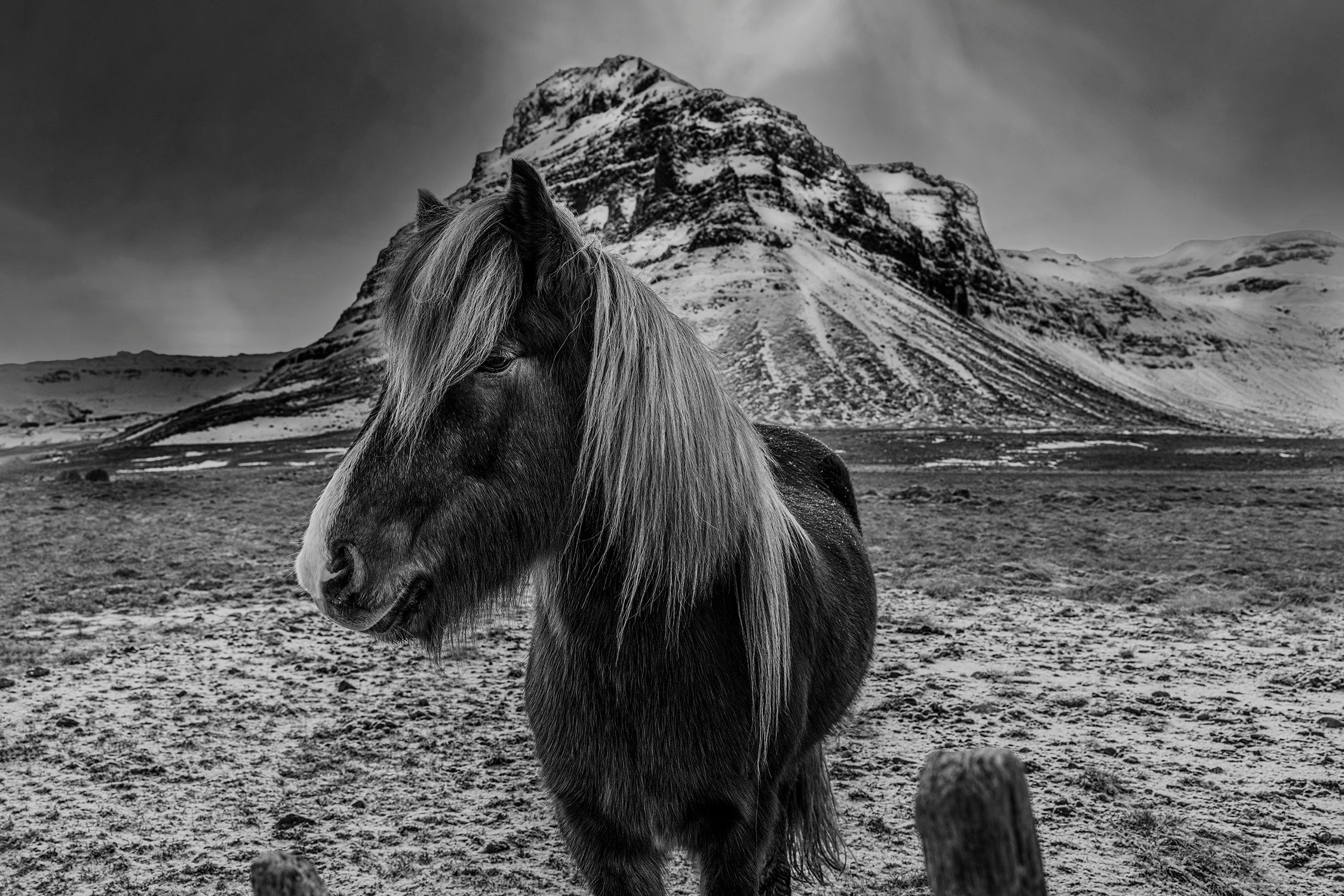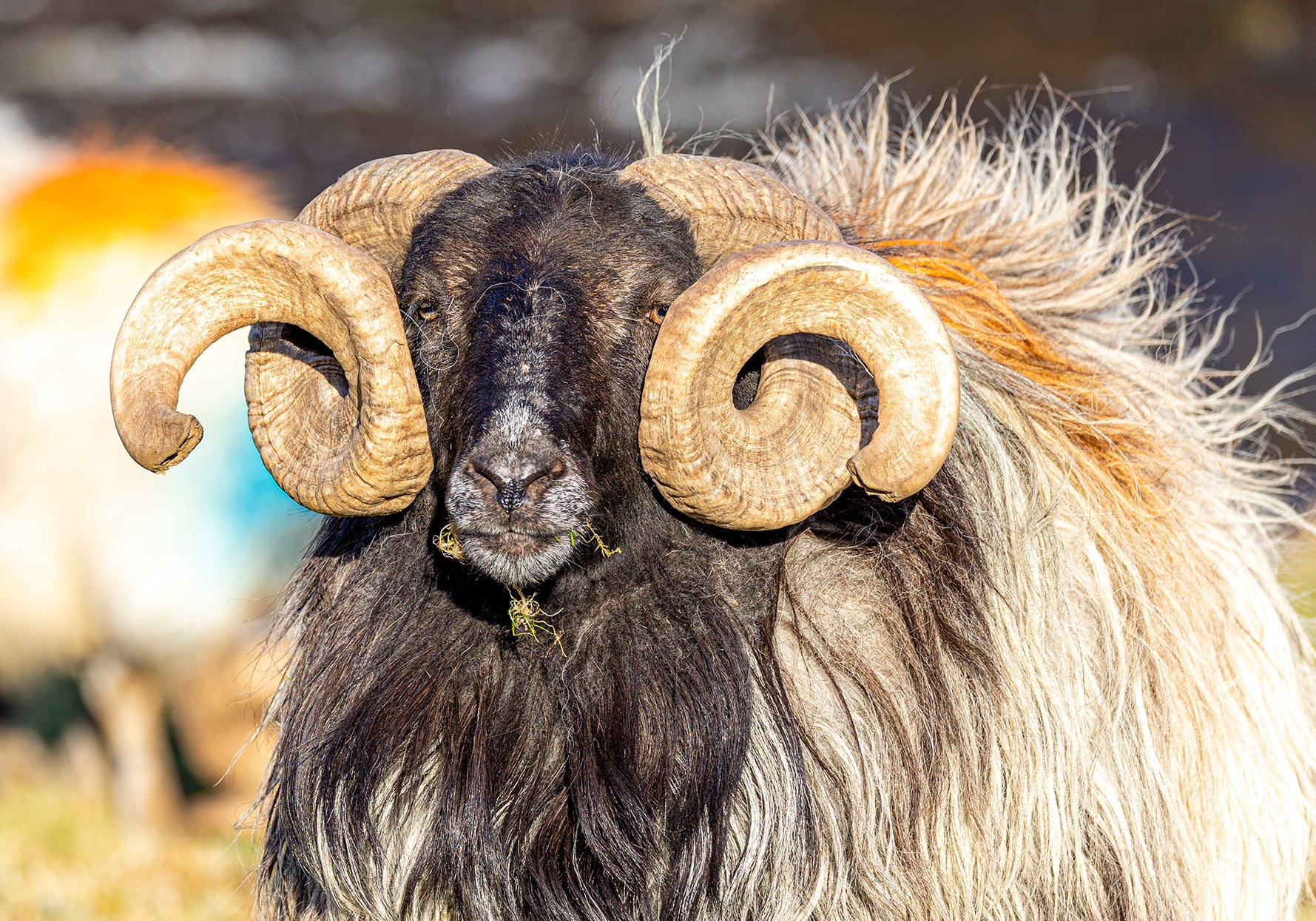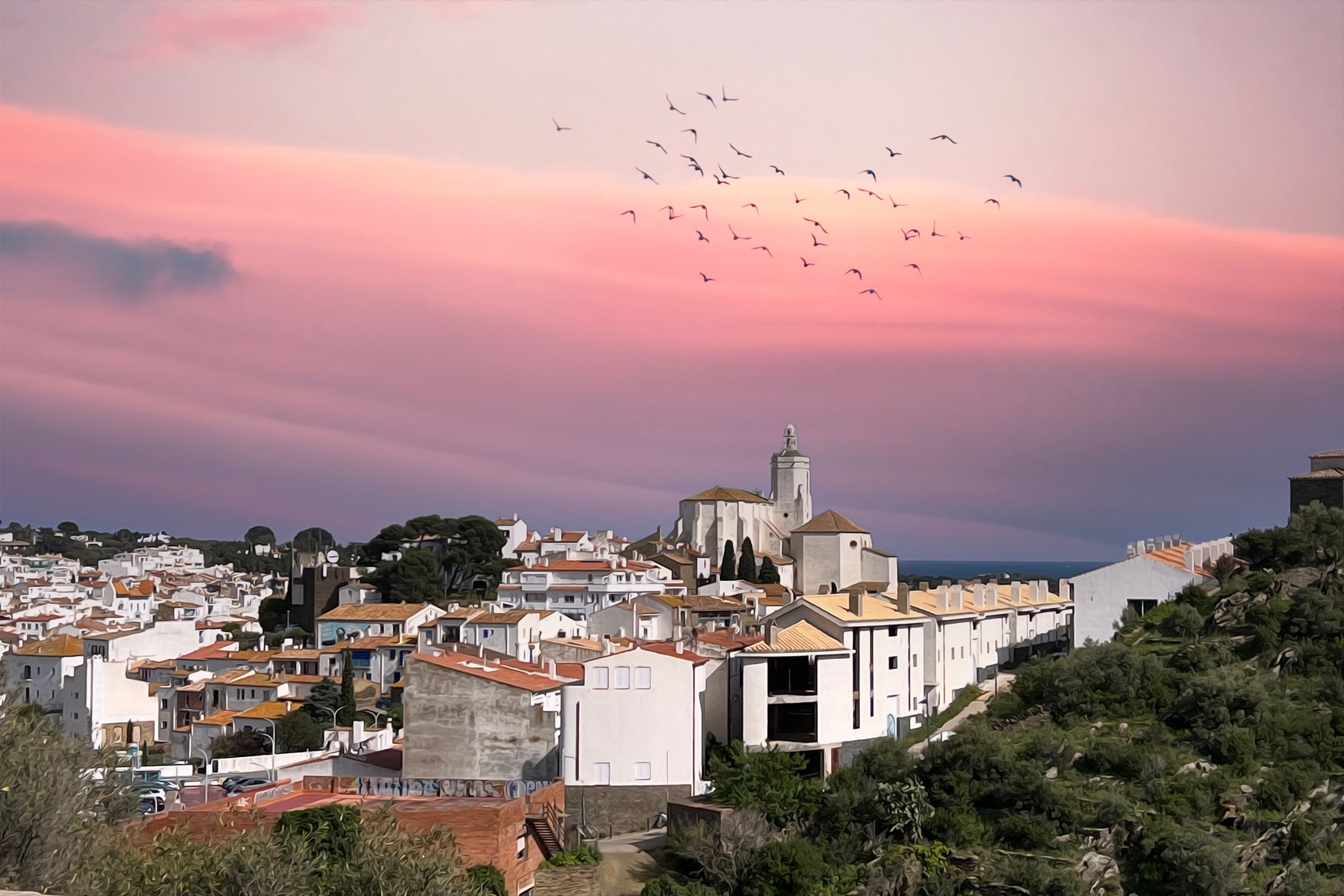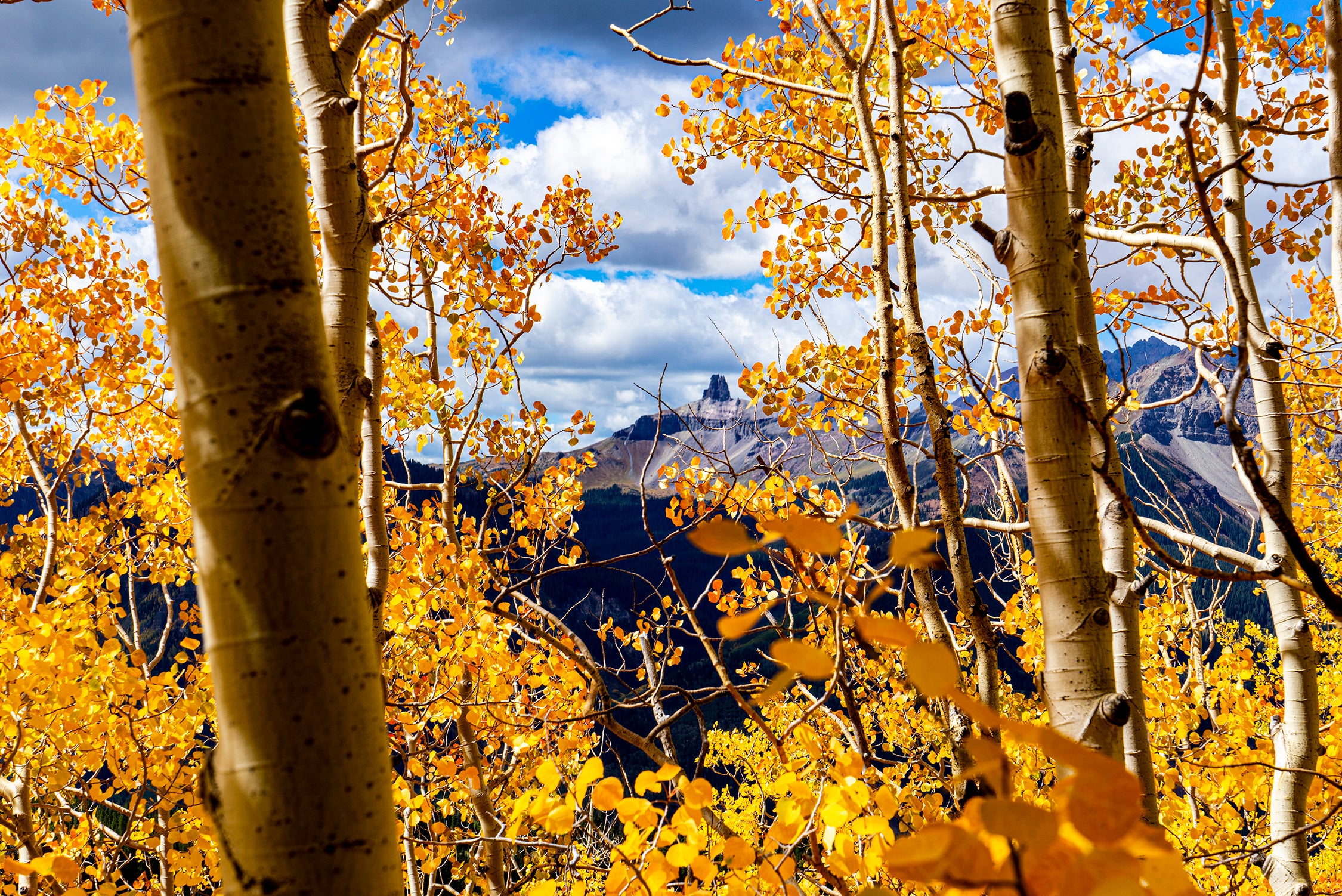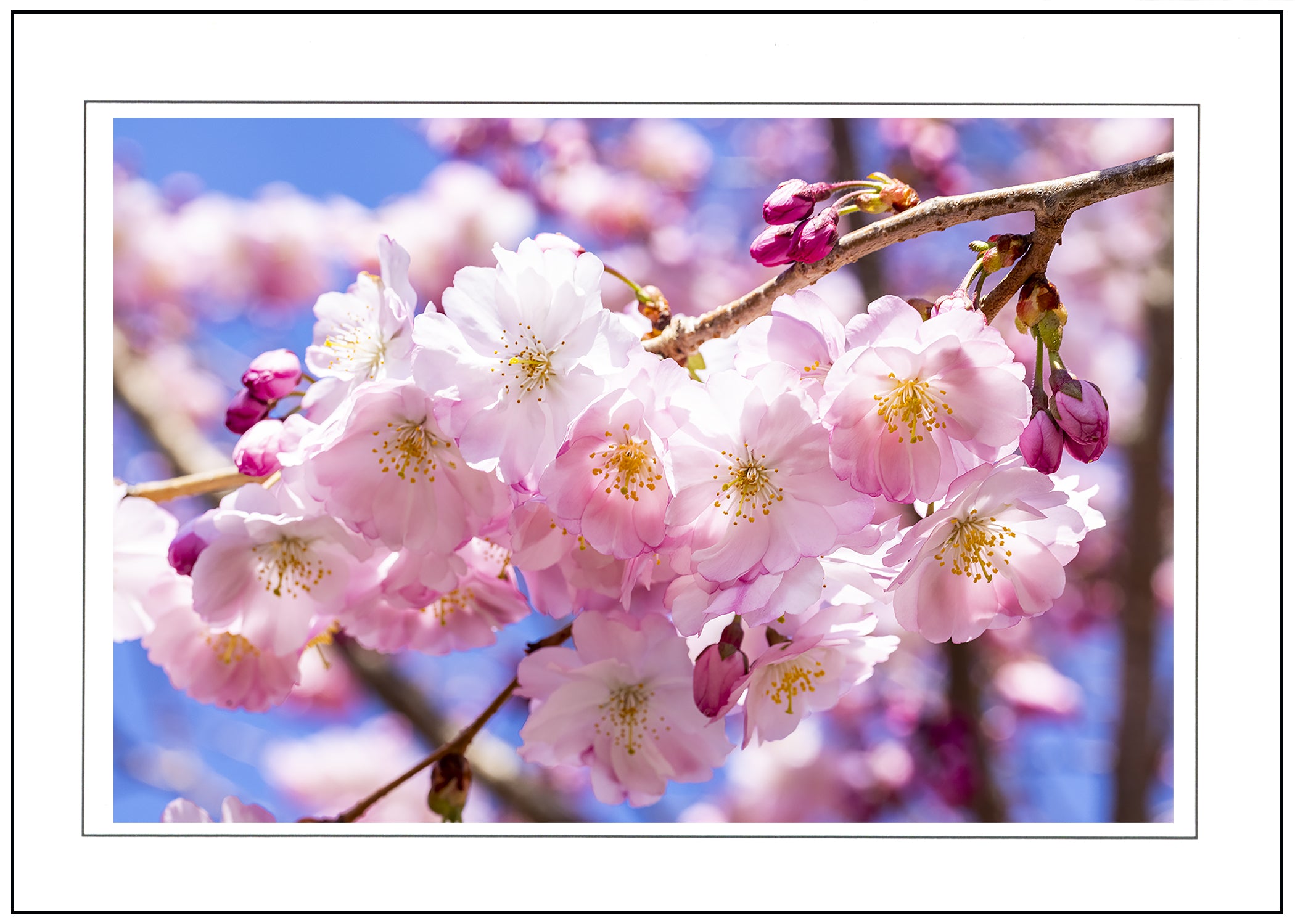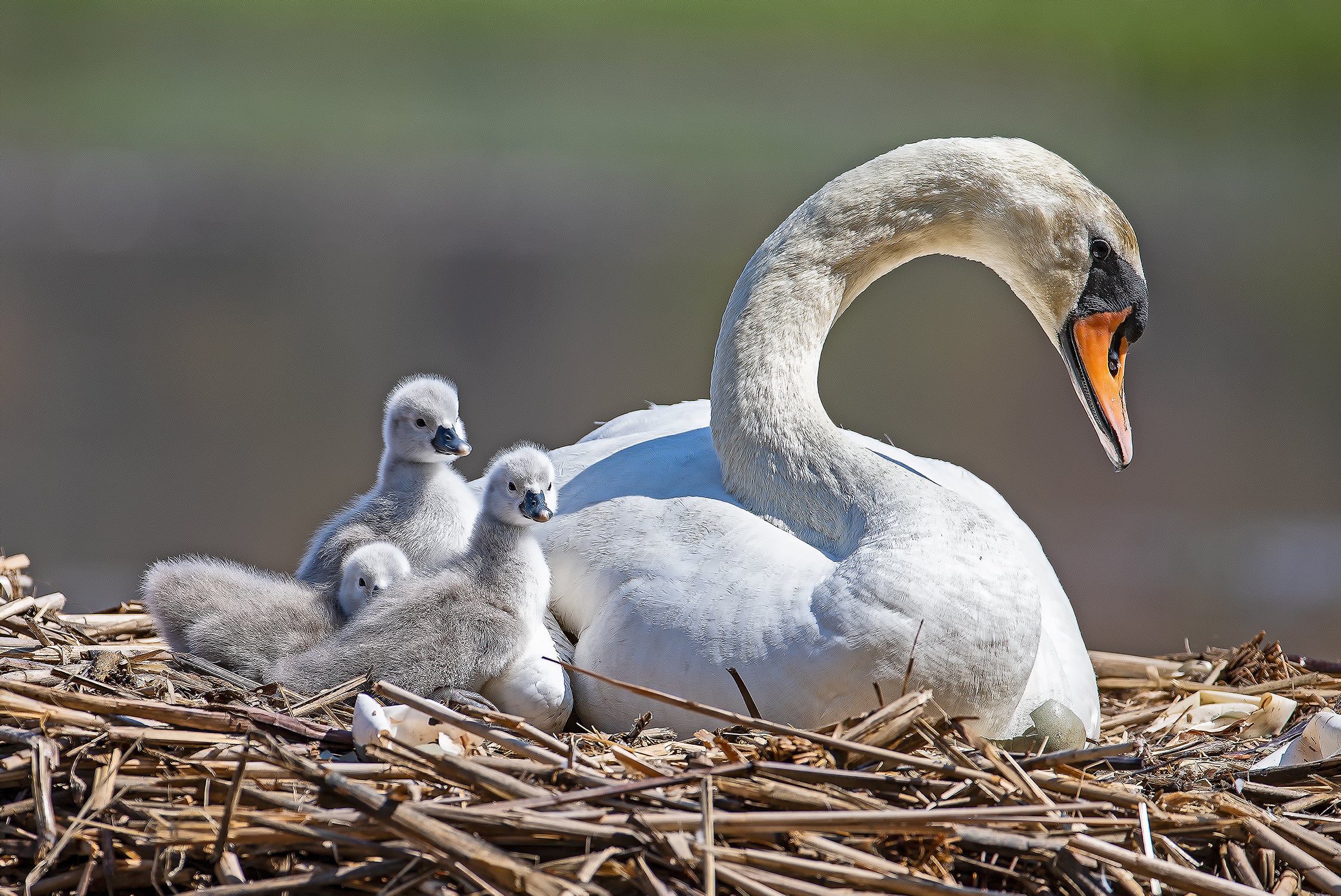
Three Cygnets with Mother Swan on Nest
$126.00
Swans are thought to mate for life. Swan couples prefer to build their nests close by to where they nested last year if their previous years hatching was successful. The female Swan chooses the location for the nest. The male Swan defends the nest from predators and helps the female build the nest. Nests are usually surrounded by water to deter predators. Alice, three years, ago spotted a Swan couple building a nest six miles from our house. Over six weeks, we trekked through a forest every couple of days to observe our Swan couples nest building progress through our Zeiss binoculars. As Cygnet hatching time became imminent, we started
backpacking in our high-powered lenses. A Canon EF 800 and a Canon EF 200 to 400 mm 1.4 extender to 560mm. These lenses are long, frustratingly heavy, but are marvelously tac sharp with the most beautiful Brokah. (Brokah: a focus fade from tac sharp in the image center to a pleasingly progressive "blurring" to the outside of the image and always with rich colors throughout the image). Our efforts were rewarded by being able to capture from long range, photographs of Cygnets actually hatching. What astonished both Alice and me, was that the Cygnets, after pecking their way out of their eggs, were perfectly formed and capable of walking within a minute. If you look closely, you can see egg fluid still on the eggshells. Canon IDX Mark 2 mounted with EF 200 to 400mm at f/5.6 at 1/250 of a second.
backpacking in our high-powered lenses. A Canon EF 800 and a Canon EF 200 to 400 mm 1.4 extender to 560mm. These lenses are long, frustratingly heavy, but are marvelously tac sharp with the most beautiful Brokah. (Brokah: a focus fade from tac sharp in the image center to a pleasingly progressive "blurring" to the outside of the image and always with rich colors throughout the image). Our efforts were rewarded by being able to capture from long range, photographs of Cygnets actually hatching. What astonished both Alice and me, was that the Cygnets, after pecking their way out of their eggs, were perfectly formed and capable of walking within a minute. If you look closely, you can see egg fluid still on the eggshells. Canon IDX Mark 2 mounted with EF 200 to 400mm at f/5.6 at 1/250 of a second.


